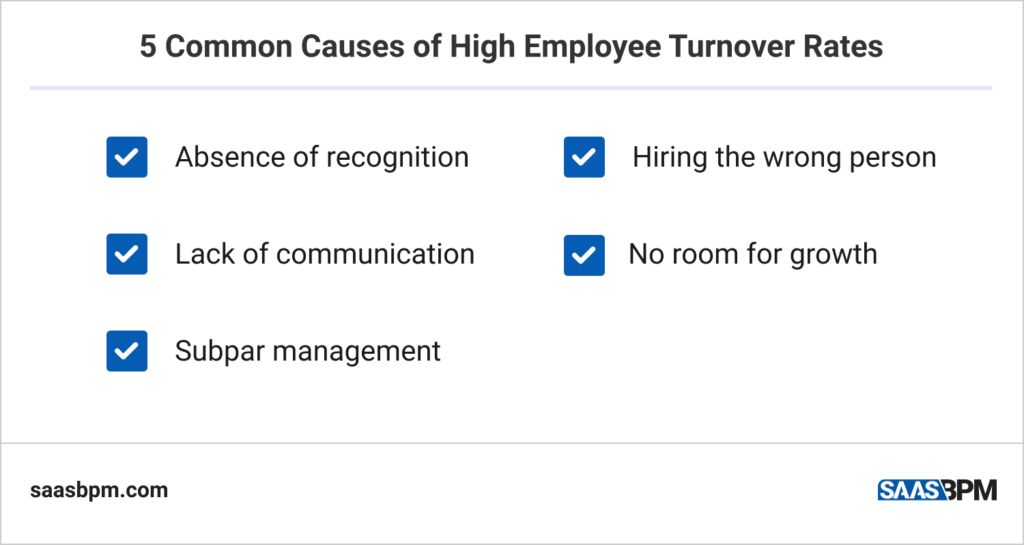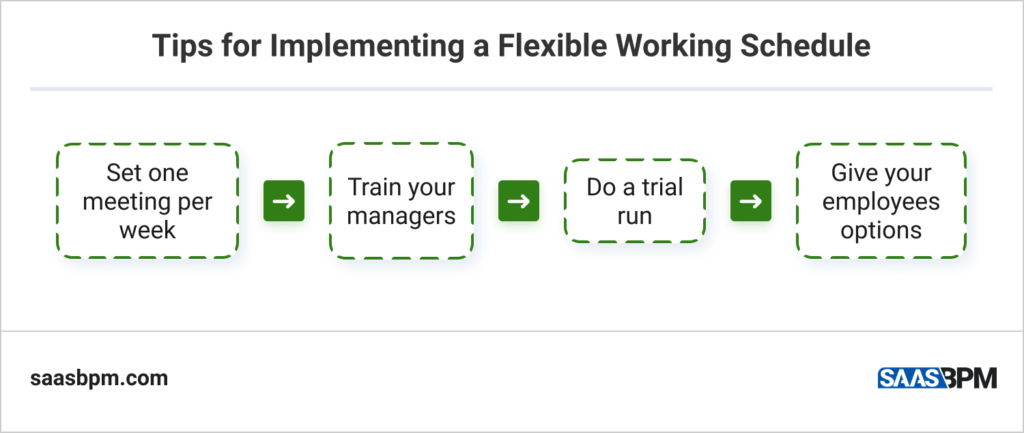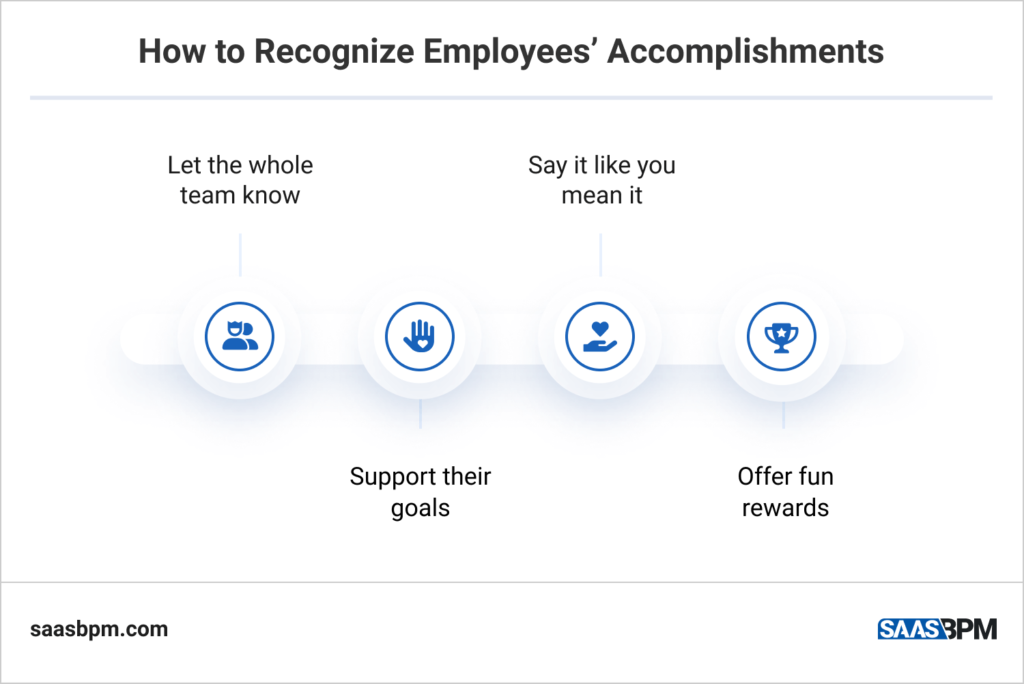Losing key employees can be detrimental to a company’s budget, productivity, and overall success. Unfortunately, many businesses suffer from high employee turnover rates, and HR departments are constantly trying to mend this issue. According to Finances Online, over 18.9 million Americans change their occupations or jump from one company to another in a year. This trend is especially adamant during the COVID-19 pandemic, which negatively impacts brand profits and such.
There are lots of causes to high employee turnover rates, which includes the following:
- The absence of recognition. Praise and rewards can go a long way, especially within organizations. Whether positive or negative, feedback drives your staff to work harder on their craft and stay in the company for longer.
- Failure to hire the right person for the job. Looking for a pool of employees can be challenging, but it should be your priority to hire the right person for the job. Their skillset and values should match your company’s, or else, you might find yourself dealing with high employee turnover costs.
- Lack of proper communication. Managers and team members should always have an excellent professional relationship. Make it a point to communicate with your team members consistently. Set one-on-one meetings and make sure that their work issues are known and resolved.
- No room for growth. Most professionals look for change, and if it seems unachievable, they tend to leave and look for another job. Executives should offer opportunities for the staff to feel challenged and motivated.
- Substandard management. One of the many tasks of a manager is to lead their team to success. Without proper guidance, the staff would crumble, and their productivity would get affected. Business owners should see that their managers are well-trained to help their pack reach their goals and achievements.

Now that we have discussed the most common employee turnover causes, it’s time to delve into how you can reduce your employee turnover rates.
Keep Your Employees Happy and Satisfied
One of the main reasons people leave their jobs is that they are unsatisfied or demotivated. Many executives are hyperfocused on their business’ numbers that they forget to check on employees’ happiness and satisfaction. If your team is happy with their jobs, then productivity, efficiency, and creativity will follow.
Here are some ways to keep your team members content to prevent high employee turnover rates:
- Make your workers feel like they belong in the workplace. Avoid singling out any employee, as this can make them feel out of place and eventually quit. Involve each individual in brainstorming sessions, team-building activities, and the likes.
- Be honest and transparent with your team members. Involve them in decision-making and encourage them to give suggestions so they’d know that their opinions are welcome.
- Appreciate your workers’ efforts. Always say “thank you” and recognize them for the excellent work that they’ve done.
Employ the Right Person
Hiring the right person for the job can be tricky, especially if you need a new individual to fill the position. However, it is vital to keep on looking until you are sure you found the candidate to fit your criteria. It’s not only the skillset that employers should look into – the person’s values, behavior, and attitude should also be considered. If the new employee doesn’t fit in with the office’s culture, they will feel like they are out of place, leading to them resigning after a while.
The trick to learning more about a person is by asking them behavioral interview questions. Doing this will give you an insight into their preferences at work, how they deal and communicate with co-workers, and how they usually act in a professional environment. Getting to know candidates better can lessen high employee turnover rates.
Consider Allowing Flexible Work Schedules
If possible, employers should consider offering flexible work schedules to their staff. Professionals are looking for a healthy work-life balance, and if they feel burnt out, they will most likely want to leave the company. Additionally, some people focus better in the morning, while some work best at night.
However, make sure that everybody in the team has a specific time to sync on tasks. Proper communication is key to successful projects, so encourage your employees to catch up every day. Here are a couple more tips for implanting a flexible work schedule at the office:
- Set at least one day per week where employees can sync in person.
- Train your managers in handling remote employees.
- Perform a trial run before implementing the flexible work scheme.
- Give the staff members the option to set a work schedule or a changeable one permanently.

Recognize Accomplishments
As we mentioned, people feel appreciated and accomplished when their managers recognize them. Consider giving rewards and tokens of appreciation to excelling employees. The more they feel your support and acknowledgment, the better they will perform at work. This action, of course, leads to lower employee turnover rates.
Consider applying these tips when recognizing your team members’ achievements:
- Make their achievements known and make the whole team aware of them. Doing such encourages other individuals to work harder, too.
- Let them know that you support their growth and are behind them achieving their goals.
- Say it like you truly mean it.
- Offer fun perks and incentives for top-performing employees.
- Aside from individual recognition, you can also give your different teams KPIs that they can reach.

Encourage Growth and Development
Most professionals are looking for a job that will help them grow continuously. Encourage growth within the company by offering training classes and workshops. Give them certificates for completing these programs to add them to their growing list of skill sets.
Here are other ways to encourage professional development within the firm:
- Assign a mentor to help your employees learn.
- Provide them connections that can help build their networks.
- Challenge your people with assignments and special projects.
- Provide one-on-one feedback sessions.
- Encourage knowledge sharing.
- Give the right resources.
If your team members feel like they are accomplishing a lot within the organization, the employee turnover reasons will decrease.
Key Takeaways
Your workers need your full support to make them feel that there is no reason to look for another job. Good employee retention starts with the managers and owner/s, and setting a good example will likely lessen your overall employee turnover rate. Couple these strategies mentioned above with the right BPM tool, and you are undoubtedly on your way to a better employee retention rate.

